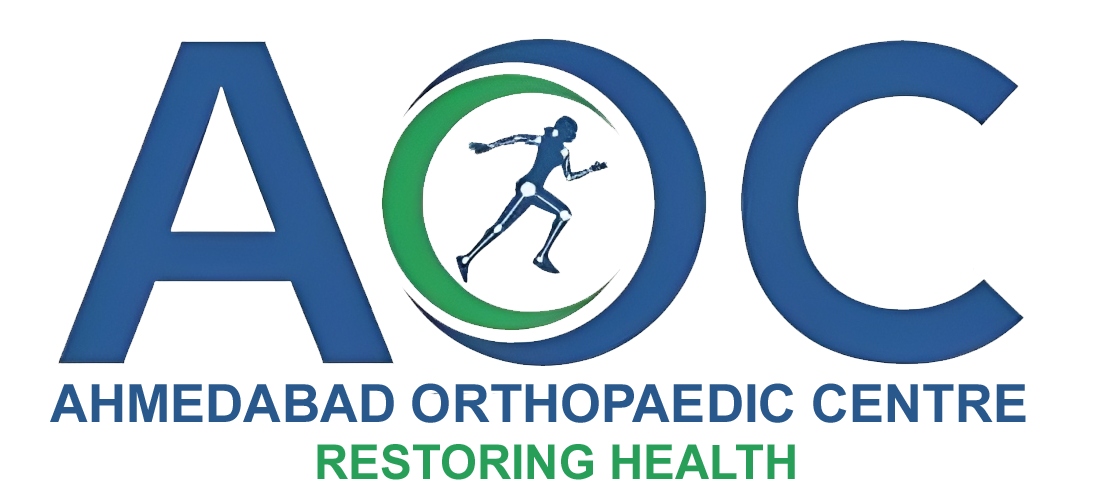Arthroscopy Surgeries
Arthroscopy (ahr-THROS-kuh-pee) is a procedure for diagnosing and treating joint problems. A surgeon inserts a narrow tube attached to a fiber-optic video camera through a small incision — about the size of a buttonhole. The view inside your joint is transmitted to a high-definition video monitor. Arthroscopy allows the surgeon to see inside your joint without making a large incision. Surgeons can even repair some types of joint damage during arthroscopy, with pencil-thin surgical instruments inserted through additional small incisions.
KNEE ARTHROSCOPIC SURGERY

Three bones and numerous ligaments make up the knee joint. The tibia (the shin bone), the patella (the kneecap), and the femur (the thigh bone) combine to form the knee. At the same time that they control knee motion, a number of muscles and ligaments guard the knee against harm. The medial and lateral collateral ligaments, two ligaments on either side of the knee, support the knee from side to side.
An endoscope is placed into the joint through a tiny incision during an arthroscopy, a minimally invasive “Key Hole” surgical procedure, to repair the injury. Technically, practically any joint can be examined arthroscopically.
When comparing an arthroscopy to open surgery, some benefits are as follows
• Less post-operative pain
• Faster recovery time
• Quicker return to function
• Lower risk of complications
SHOULDER ARTHROSCOPY SURGERY
Even small chores can become challenging to do when one shoulder hurts. When you’re in pain, using your hand or arm may be difficult for you. Getting the proper care, though, might be beneficial. Pain in or around the shoulder joint is referred to as shoulder pain. Reaching upward or behind your back may cause the most pain. There’s a wide range of causes for shoulder pain.
The humerus and the scapula, or shoulder blade, are the two major bones of the shoulder.The articular cartilage that covers the glenoid and humeral heads cushions the joint cavity. The scapula extends upward and forms the coracoid process around the shoulder joint at the front and the acromion, a roof over the shoulder joint at the back.

